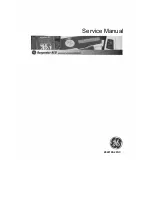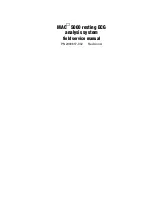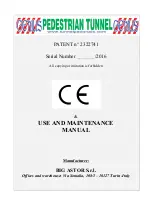
Pot and Switch Board Construction
The surface mount parts should be soldered first. Take care to treat all semiconductors, especially
the 4049UB devices, as static sensitive devices even when they have been soldered to the board.
Once the board is complete and the resistor packs are soldered into place, the board will be more
resilient to static discharge.
Now solder the four resistor networks into place. These are mounted on the top of the board and
soldered from the underside. Fit the SIL headers into place from the underside of the board and
solder from the top of the board. It may be worth temporarily fitting the Pot and Switch board to the
Main Board so as to hold the headers exactly at right angles while you solder.
The remaining parts are the front panel components and to fit these properly you should have your
front panel ready. The panel will be used as a jig to hold the parts in the correct place while you
solder. Failure to use the panel as a jig for these components will almost certainly mean that the
panel will not slide onto the components.
The first parts to place, but not solder will be the pots. Issue 1 of the Pot and Switch board has the
two securing lugs' holes for the pots a little further apart than perhaps they should be. As such, the
pots should be fitted so that the three pot pins go into the board first and then ease in the two lugs
into their holes. The pot should then be firmly pushed into the board which will splay the lugs
slightly apart. The pot should then be held quite firmly in the board. Do this for all the pots. Do not
solder any of the pots at this point.
2.54mm (0.1”) SIL headers fitted to the underside of a completed Pot and Switch Board.
With the board on a horizontal surface and facing upward fit all the toggle switches and sockets. Do
not fit the LEDs, nor push switches yet. Ensure that the three on-on switches go in the correct
places. Place one of the toothed washers that came with the switches onto each switch.
Now ease the panel down onto the components making sure that all their threads are sitting snugly
in their holes. Place a washer and a nut on each of the two step 1 pots, and each of the two CV
output pots. Tighten the nuts but not too tightly. This should hold the panel in place so that you can
turn the module over to reveal the underside of the circuit board. The switches will rattle about but
should not fall out. Now solder all the pots.
14






































